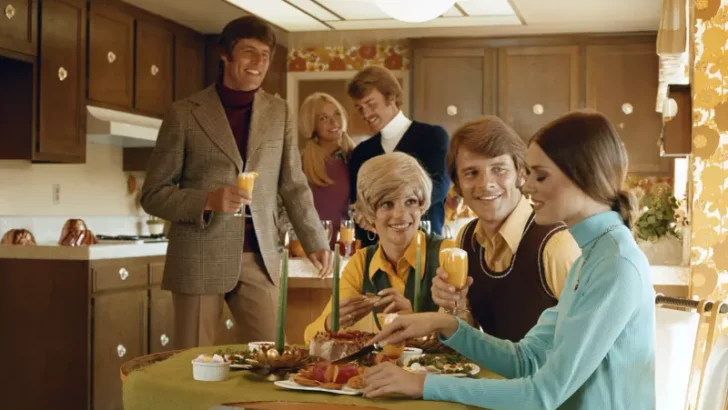The 1970s were a time of structured dining etiquette, where dinner tables were governed by a set of formal rules that dictated everything from attire to conversation. In those days, dinners were more than just meals; they were social events that required adherence to specific protocols.
Over the years, these rituals have evolved, and many have been left behind as modern families embrace a more relaxed and spontaneous dining experience. This shift reflects not only changes in societal norms but also a broader desire for inclusivity and comfort during meals. Explore these 11 dinner table rules that have faded into history.
1. Formal Dress Codes for Dinner
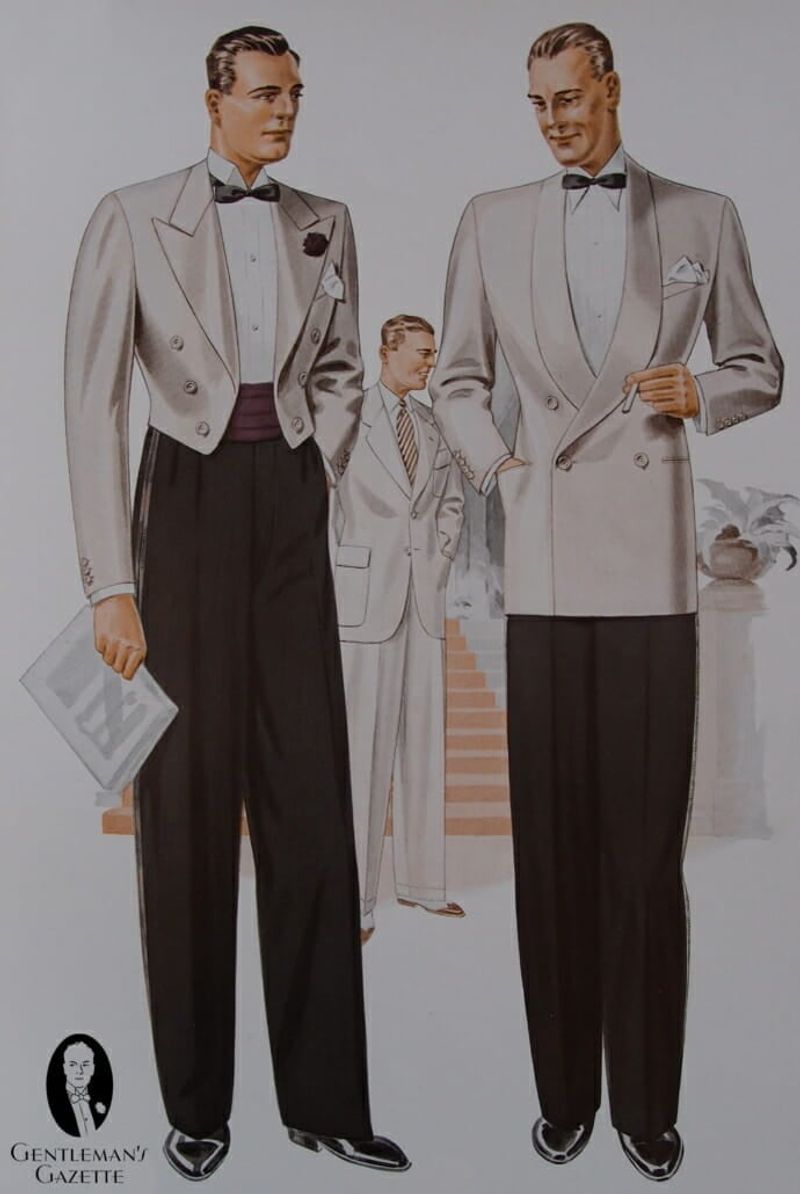
Imagine a time when dining meant dressing to the nines. In the 1970s, dinner parties often featured men in suits and ties, while women donned elegant dresses. Formal attire was not just expected; it was a symbol of respect and occasion. Today, the trend has shifted towards casual wear, even in upscale venues, as comfort and personal style take precedence. This shift reflects a broader move towards inclusivity and relaxation in social settings, allowing people to express themselves more freely. As society evolves, so do our dining rituals, embracing a more laid-back approach.
2. Strict Rules for Using Utensils

The 1970s dinner table was a battlefield of etiquette, where the correct use of utensils was a must. From multiple forks to an array of knives, each had a precise role. Mistakes were frowned upon, and proper utensil usage was a marker of class and education. Now, the rigidity has softened, and dining focuses on enjoyment rather than perfection. Utensil protocol has become more intuitive, with emphasis placed on comfort and practicality. The modern table embraces a more relaxed approach, where the joy of dining takes center stage over strict rules.
3. No Elbows on the Table
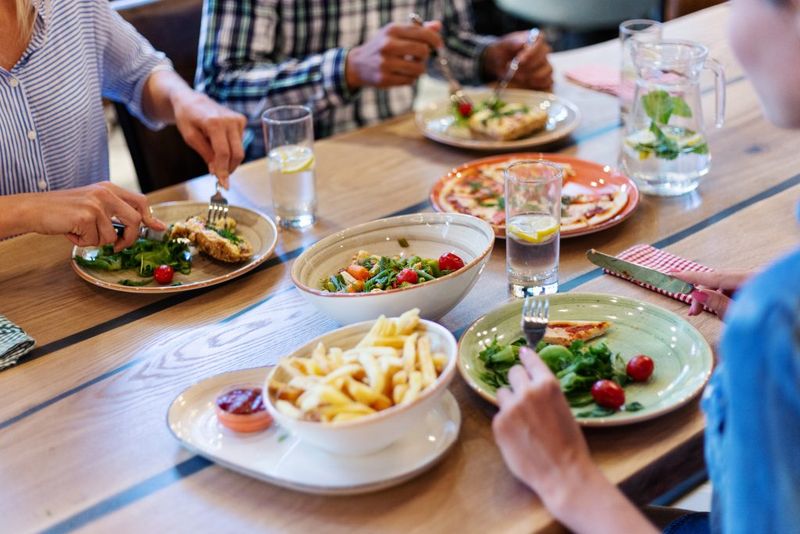
With manners as sharp as a knife, keeping elbows off the table was a golden rule. In the 1970s, this etiquette was strictly enforced, a sign of respect and discipline. Elbows were seen as intrusive, disrupting the dining space. Today, this rule has largely relaxed, with comfort and informality reigning supreme. While some still adhere to this old-school rule, it’s more about personal preference than a societal mandate. The transformation of dining etiquette mirrors broader societal changes, valuing relaxation and personal comfort over rigid adherence to old norms.
4. Expectation to Finish Everything on Your Plate
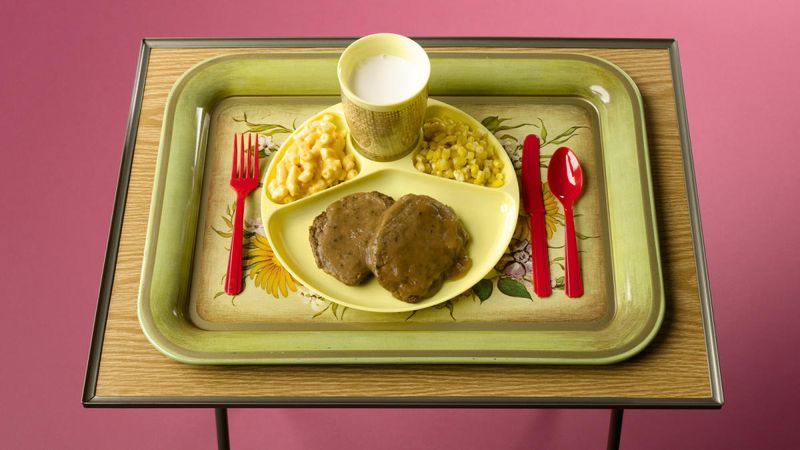
Waste not, want not was the mantra of the 1970s dinner table. Leaving food on your plate was not just frowned upon; it was considered wasteful and disrespectful. In an era where resources were cherished, finishing one’s meal was a sign of gratitude. Modern dining, however, embraces portion control and mindfulness, focusing on health and satisfaction rather than obligation. This shift reflects a broader awareness of wellness and sustainability, encouraging individuals to listen to their bodies and enjoy their meals without pressure.
5. Formal Toasting Procedures

Raise your glass! Toasting in the 1970s was an art, filled with rituals and strict sequences. Each toast had its rules, from the order of speakers to the phrases used. These formalities highlighted the significance of the occasion. Today, toasting has shed its rigidity, becoming more spontaneous and heartfelt. The transformation reflects a desire for authenticity and connection, valuing genuine expressions over scripted performances. As society embraces individuality, toasting becomes a celebration of personal expression and shared joy.
6. Silent Service from Waitstaff
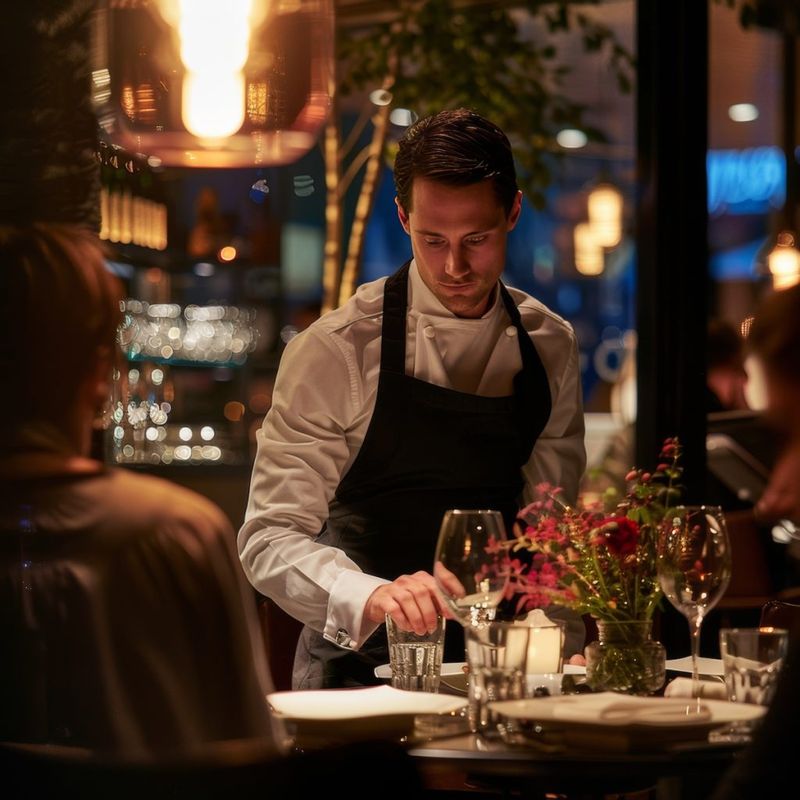
Invisible service was the hallmark of the 1970s waitstaff. Silence was a virtue, and the best servers were those who went unnoticed. This approach emphasized the dining experience over personal interaction. Today, dining has transformed into a more interactive affair, where communication and connection with waitstaff enhance the experience. The evolution reflects a broader trend towards engagement and personalization, allowing diners to form connections and enjoy a more holistic dining adventure. The art of serving has evolved, embracing warmth and approachability.
7. Specific Seating Arrangements

Who’s sitting where? In the 1970s, seating arrangements were a meticulous affair. Hosts carefully planned seating based on social status, gender, and relationships, ensuring harmony and etiquette. This practice was rooted in tradition and hierarchy. Modern dining, however, values flexibility and freedom, allowing guests to choose their seats and mingle freely. This change reflects a shift towards equality and spontaneity, breaking down barriers and fostering a more relaxed and inclusive atmosphere. The dining table becomes a space for genuine connection and enjoyment.
8. Obligation to Make Small Talk

Chatter was the order of the day. In the 1970s, making small talk at the dinner table was more than courtesy; it was an expectation. Guests were encouraged to engage in light conversation, creating a pleasant atmosphere. Today, the pressure to maintain constant chatter has eased, allowing for more meaningful and varied interactions. The shift reflects a broader appreciation for authenticity and genuine connection, valuing quality over quantity in conversations. Modern dinners celebrate diversity in dialogue, embracing silence as comfortably as conversation.
9. Ritual of Smoking After Dinner

Lighting up was part of the post-dinner ritual in the 1970s. Cigars and liqueurs were common, adding an air of sophistication and leisure. This tradition was especially popular in high society, symbolizing relaxation and refinement. Today, smoking’s decline reflects increased health awareness and a shift in social norms. Modern after-dinner activities focus on conversation and connection without the haze of smoke. The transformation underscores a broader move towards healthier lifestyles, valuing wellness and mindful enjoyment. Smoking lounges have been replaced by spaces for genuine connection and laughter.
10. No Gadgets at the Table
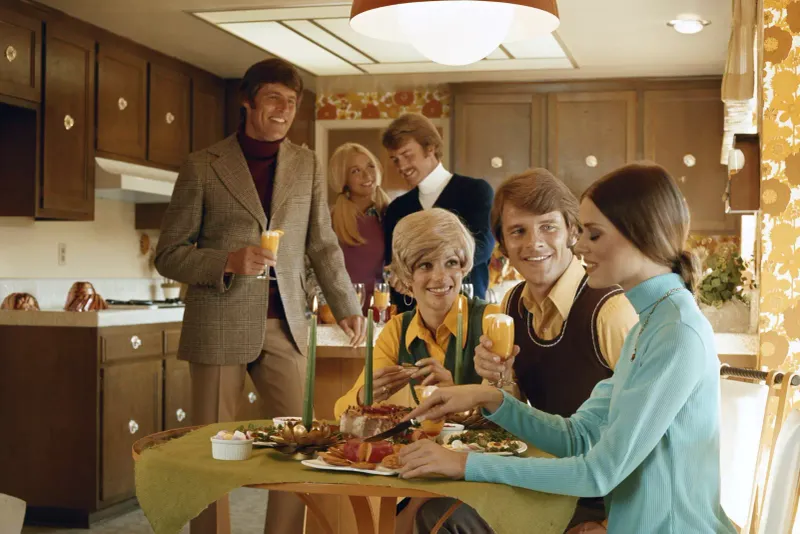
The dinner table was a tech-free zone in the 1970s. Before the age of smartphones and tablets, dining was a time for face-to-face interaction and connection. Distractions were minimal, and attention was focused on the people present. Today, gadgets often accompany meals, altering the dynamic of dining. The evolution reflects a broader integration of technology into daily life, sometimes at the expense of personal interaction. Despite this, many modern families strive to reclaim the spirit of the 1970s, designating tech-free dining moments to reconnect and engage.
11. Structured Table Settings

Precision was paramount at the 1970s dining table. Table settings were structured and meticulous, with every plate, fork, and glass having its designated spot. This attention to detail reflected the formality and importance of dining. Today, table settings have become more relaxed and personalized, focusing on creativity and comfort. The transformation mirrors a shift towards individuality and expression, allowing hosts to design tables that reflect their personality and style. Modern settings celebrate diversity, turning meals into unique and inviting experiences.

Well, hello there!
My name is Jennifer. Besides being an orthodontist, I am a mother to 3 playful boys. In this motherhood journey, I can say I will never know everything. That’s why I always strive to read a lot, and that’s why I started writing about all the smithereens I came across so that you can have everything in one place! Enjoy and stay positive; you’ve got this!

